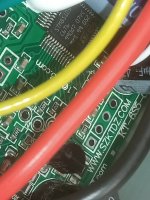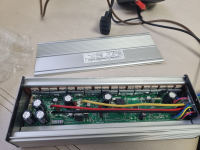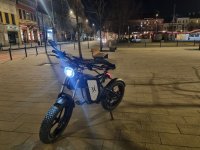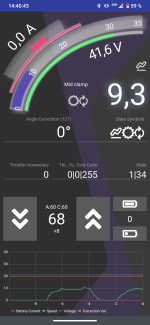Any efficiency change from the OSFW vs OEMFW is likely to be very tiny, if there is one at all.
Efficiency of any particular set of controller hardware isn't likely to change much with different software running it, except that using field weakening will always lower your efficiency (wasting extra power to get higher speed, plus the extra power required to overcome air resistance at the higher speed).
Motor hardware may make more of an efficiency difference, for instance:
--thinner laminations
--winding optimized for the speeds and currents of this system
What is your efficiency goal, under what riding conditions and riding style, with what hardware / rider / etc?









